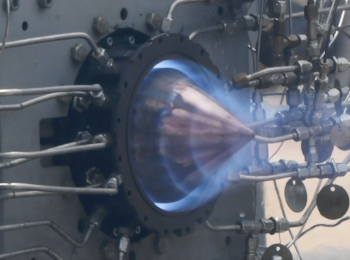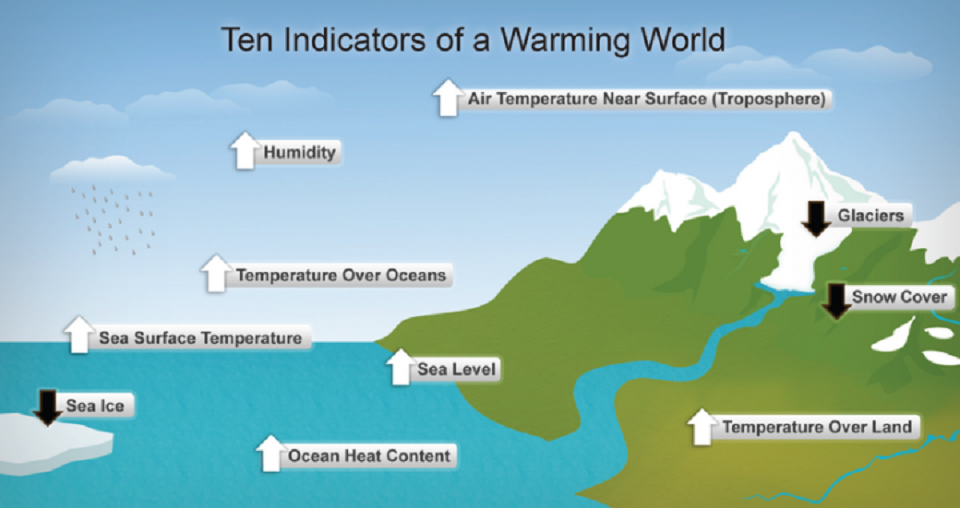
The risk of global warming now affects business future risk assessments.
This is the conclusion of a report released earlier this week by a coalition of global investor groups. According to the Global Investor Coalition on Climate Change, changes are now occurring in company allocations of future investments.
Global Warming is a Future Risk
The members of The Global Investor Coalition includes the North American Investor Network on Climate Risk, the European Institutional Investors Group on Climate Change, the Asia Investor Group on Climate Change and the Australian/New Zealand Investor Group on Climate Change. The investor group includes 84 investors representing more than 14 trillion dollars in assets.
The report indicates that about 81 percent of asset owners and 68 percent of asset managers express that climate change is a risk to capital investments, affecting their entire investment portfolios. Some of them identify climate change as a risk to only certain asset classes, such as housing and infrastructure.
Those risk factors identified by the investors in the survey were regulatory changes related to greenhouse gas emissions, government policies, corporate-government policies and also physical impacts. Such as rising sea levels, extreme weather, drought/flooding affecting agriculture and food production.
The Implications
This increase in risk gives rise to changes for companies future strategy and investments. The risk addresses low-carbon investments and lower emissions incentives according to the report. With 70 percent of asset owners and 60 percent of asset managers, signaling increased investments in renewable technology. The risk also promotes disinvestment for 23 percent of asset investors.
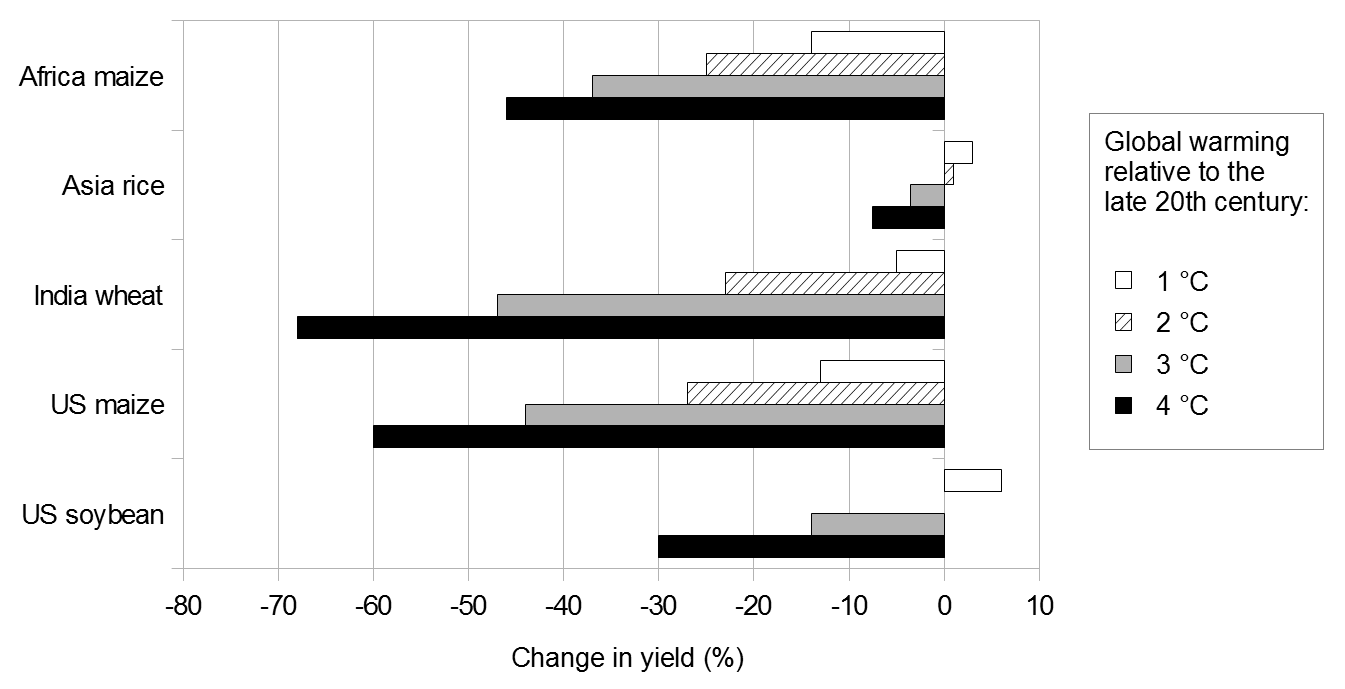
One of the areas for which global warming might have significant impacts on agriculture. Changes in temperature leading to feedback effects, in the long and short run. Typically adverse but also positive. As carbon dioxide levels increase photosynthesis, temperature and more precipitation can increase vegetation growth. But this would at a cost of continuing retreat of glaciers, permafrost, and sea ice, increasing ocean levels, more frequent extreme weather events including heat waves, droughts, heavy rainfall, and heavy snowfall. Also ocean acidification and species extinctions due to shifting temperature regimes.
As rising sea levels affect coastlines this will have direct impacts on real estate and real capital investments with proximity to oceans. Two main factors contribute to rising sea levels including thermal expansion of seawater (warmer water increase in volume), the melting of glaciers and ice sheets on land (Greenland and Antarctica).
According to a paper published in the Proceedings of the National Academy of Sciences last week looking at rising sea levels and implications in the United States; prior emissions have already locked in 4 feet (12 cm) of future sea-level rise that will submerge parts of 316 municipalities in the US. And the same future prospects go for all the world.
The IPCC (UN, Intergovernmental Panel on Climate Change) suggest that deltas and small island states are particularly vulnerable to sea-level rise caused by both thermal expansion and ocean volume. And a sea-level rise of just 400 mm in the Bay of Bengal would put 11 percent of the Bangladesh’s coastal land underwater, creating 7–10 million climate refugees.
Interactice map: US Cities below future seas.
______________________________
Global Climate Change Investor Groups Publish Report On Investor Practices Relating To Climate Change
_______________

![OpenAI. (2025). ChatGPT [Large language model]. https://chatgpt.com](https://www.illustratedcuriosity.com/files/media/55124/79bc18fa-f616-4951-856f-cc724ad5d497-560x416.webp)
![OpenAI. (2025). ChatGPT [Large language model]. https://chatgpt.com](https://www.illustratedcuriosity.com/files/media/55099/2638a982-b4de-4913-8a1c-1479df352bf3-560x416.webp)
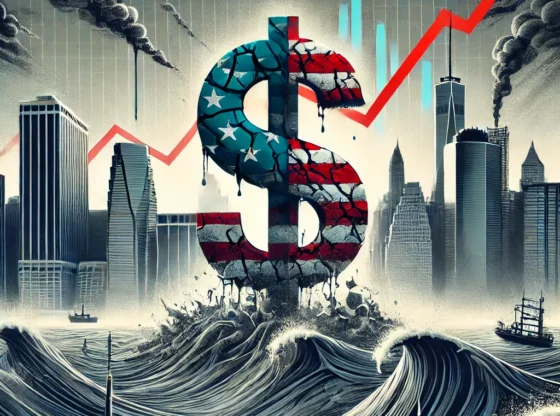
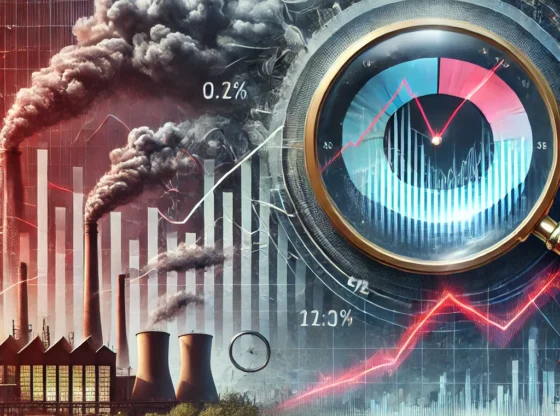


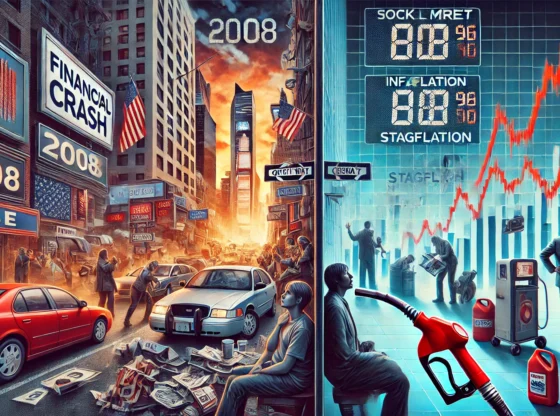


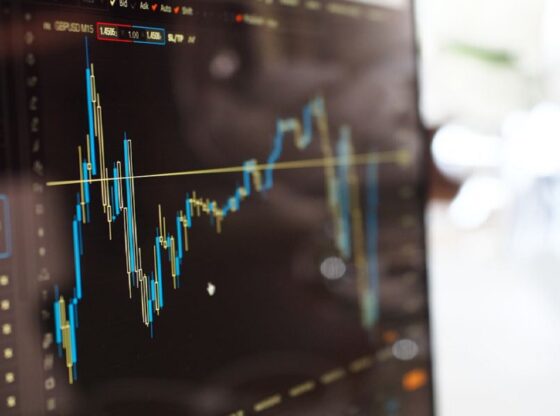
![OpenAI. (2025). ChatGPT [Large language model]. https://chatgpt.com](https://www.illustratedcuriosity.com/files/media/55136/b1b0b614-5b72-486c-901d-ff244549d67a-350x260.webp)
![OpenAI. (2025). ChatGPT [Large language model]. https://chatgpt.com](https://www.illustratedcuriosity.com/files/media/55124/79bc18fa-f616-4951-856f-cc724ad5d497-350x260.webp)
![OpenAI. (2025). ChatGPT [Large language model]. https://chatgpt.com](https://www.illustratedcuriosity.com/files/media/55099/2638a982-b4de-4913-8a1c-1479df352bf3-350x260.webp)








